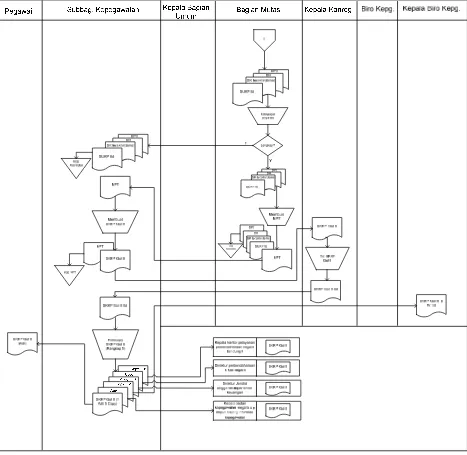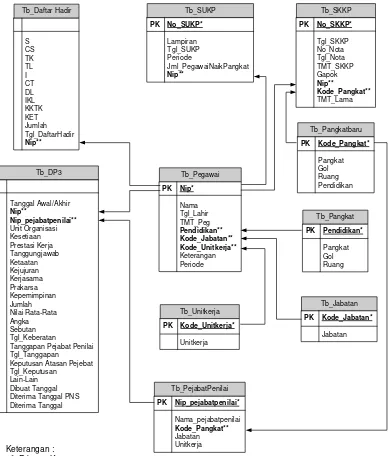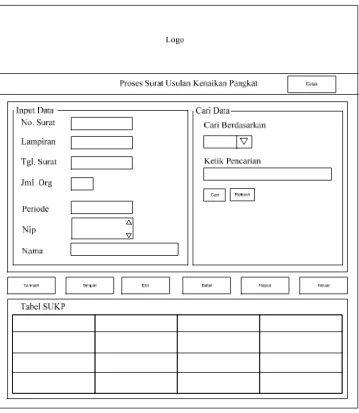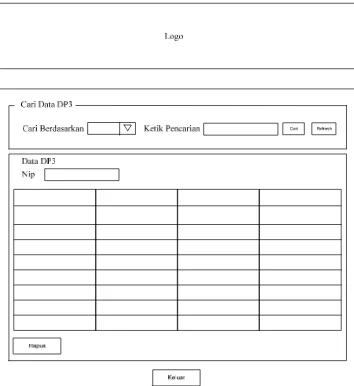Informasi Dokumen
- Sekolah: Universitas
- Mata Pelajaran: Sistem Informasi
- Topik: Sistem Informasi Kenaikan Pangkat Reguler Pada Badan Kepegawaian Negara (BKN) Regional III Bandung
- Tipe: tugas akhir
- Tahun: 2011
- Kota: Bandung
Ringkasan Dokumen
I. Introduction
The introduction outlines the significance of implementing a regular promotion information system at Badan Kepegawaian Negara (BKN) Regional III Bandung. It highlights the challenges faced with manual data processing and the necessity for a more efficient system to enhance administrative operations. The research aims to analyze the current system, design a new one, and implement it to improve data accuracy and processing speed, thus aligning with educational objectives of integrating technology in public administration.
II. Problem Identification
This section identifies critical issues within the current manual data processing system for regular promotions at BKN. It emphasizes the inefficiencies caused by time-consuming data retrieval, the cumbersome process of generating promotion decrees, and the lack of specialized software. The identification of these problems sets the foundation for the necessity of developing a new information system that addresses these challenges, thereby enhancing learning outcomes related to administrative efficiency.
III. Research Objectives
The objectives of this research are clearly defined to include understanding the existing promotion data processing system, designing a new information system, and conducting testing and implementation phases. These objectives are aligned with educational goals by fostering a practical understanding of system design and development in public administration contexts, preparing students for real-world applications in governmental operations.
IV. Theoretical Framework
This section discusses the theoretical underpinnings of information systems, including definitions, characteristics, and classifications. It highlights the importance of structured systems in enhancing organizational efficiency, which is crucial for students to understand the role of theory in practical applications. The exploration of systems theory provides a foundational knowledge that supports the design and implementation of the proposed information system.
V. System Design Methodology
The research employs a structured methodology for designing the information system, utilizing tools such as flow maps, context diagrams, and data flow diagrams (DFDs). The waterfall model is chosen for system development due to its sequential approach. This section emphasizes the significance of systematic design in educational settings, where students learn to apply structured methodologies to solve complex problems in real-world scenarios.
VI. Implementation Strategy
The implementation strategy outlines the steps necessary to deploy the newly designed information system. It includes training for staff, data migration from the old system, and user acceptance testing. This part of the research is critical as it demonstrates the practical application of theoretical knowledge and prepares students to manage change effectively in organizational settings, ensuring that they can facilitate technology adoption in their future careers.
VII. Conclusion and Recommendations
The conclusion summarizes the findings of the research, emphasizing the benefits of the new information system in improving data processing efficiency and accuracy. Recommendations for future research and system enhancements are provided, reinforcing the importance of continuous improvement in public administration practices. This section serves as a reflection of the learning outcomes achieved through the research process, highlighting the integration of theory and practice.
Referensi Dokumen
- Analisis dan Desain Sistem Informasi ( Al- Bahra bin Ladjamudin B. )
- Pengenalan Komputer ( Hartono Jogiyanto )
- Rekayasa Perangkat Lunak ( Rogers S. Pressman )
- Memahami Sistem Informasi ( Witarto )









